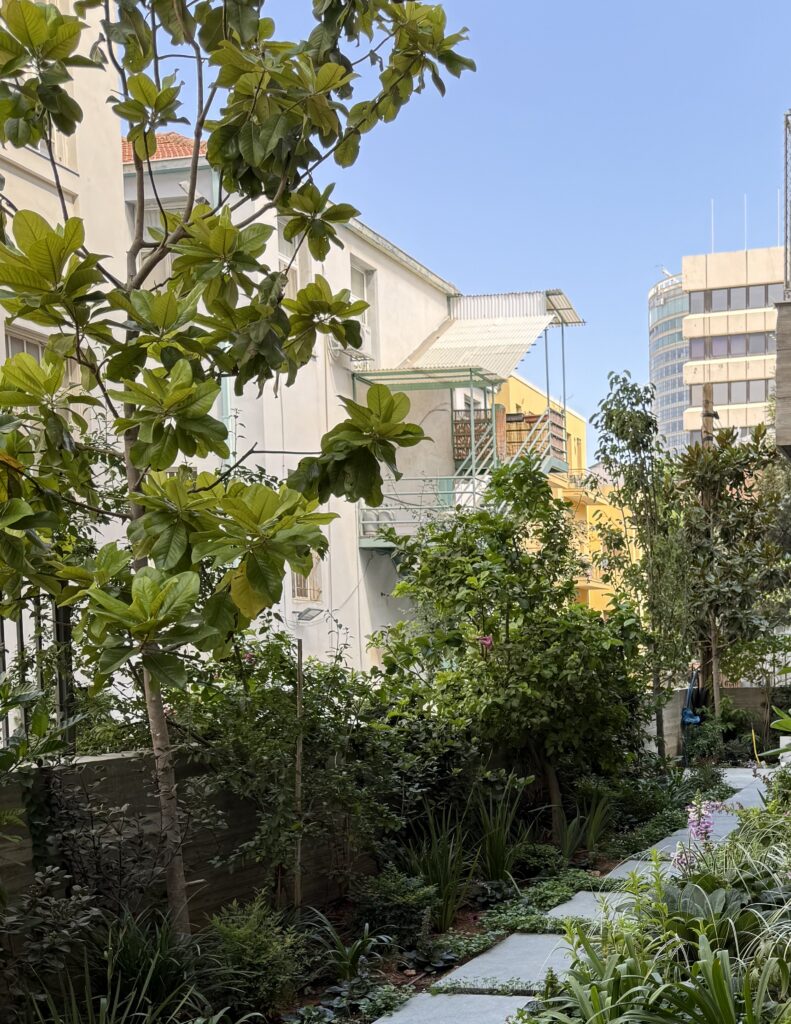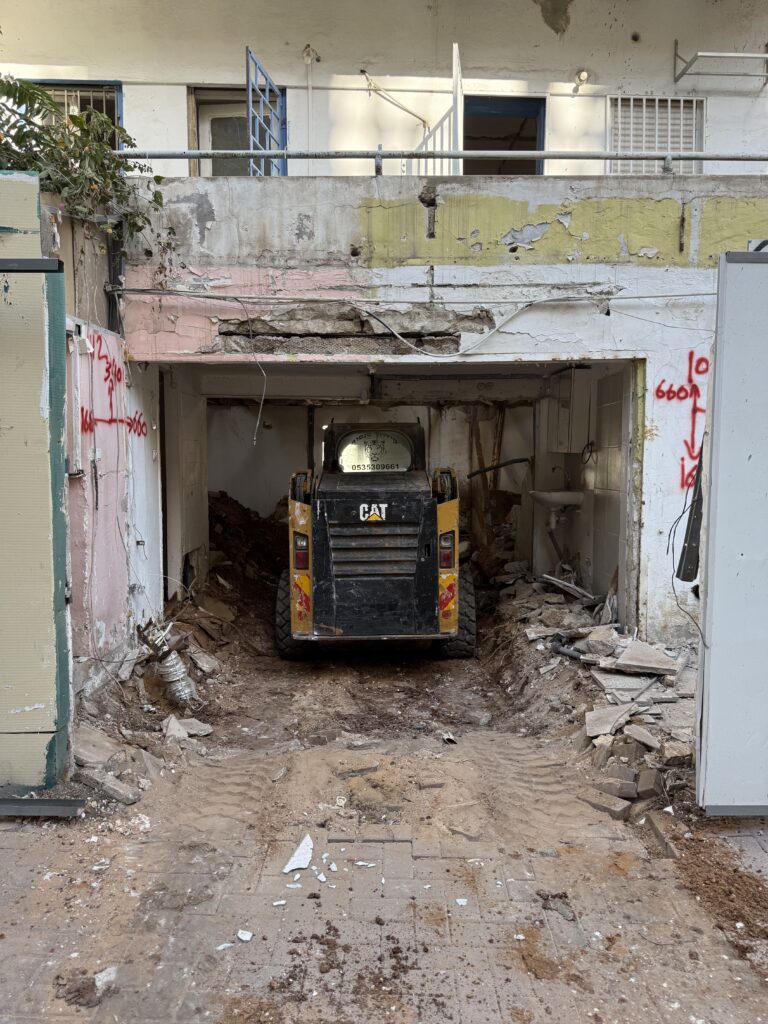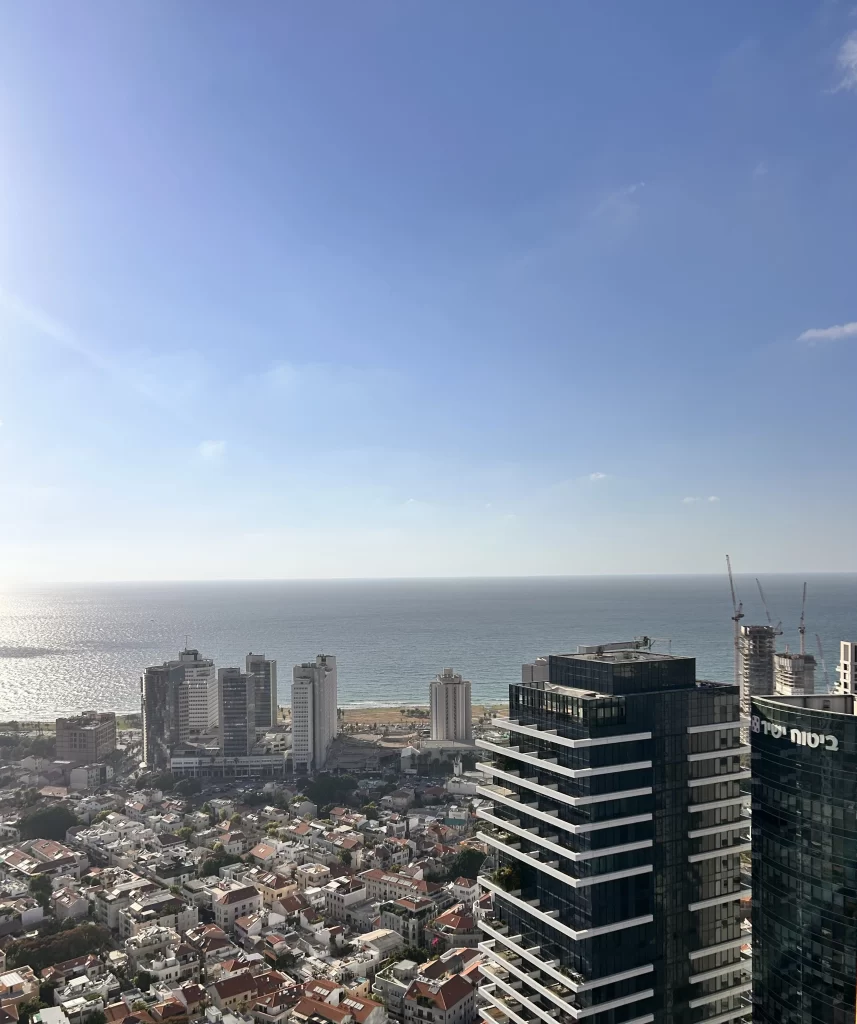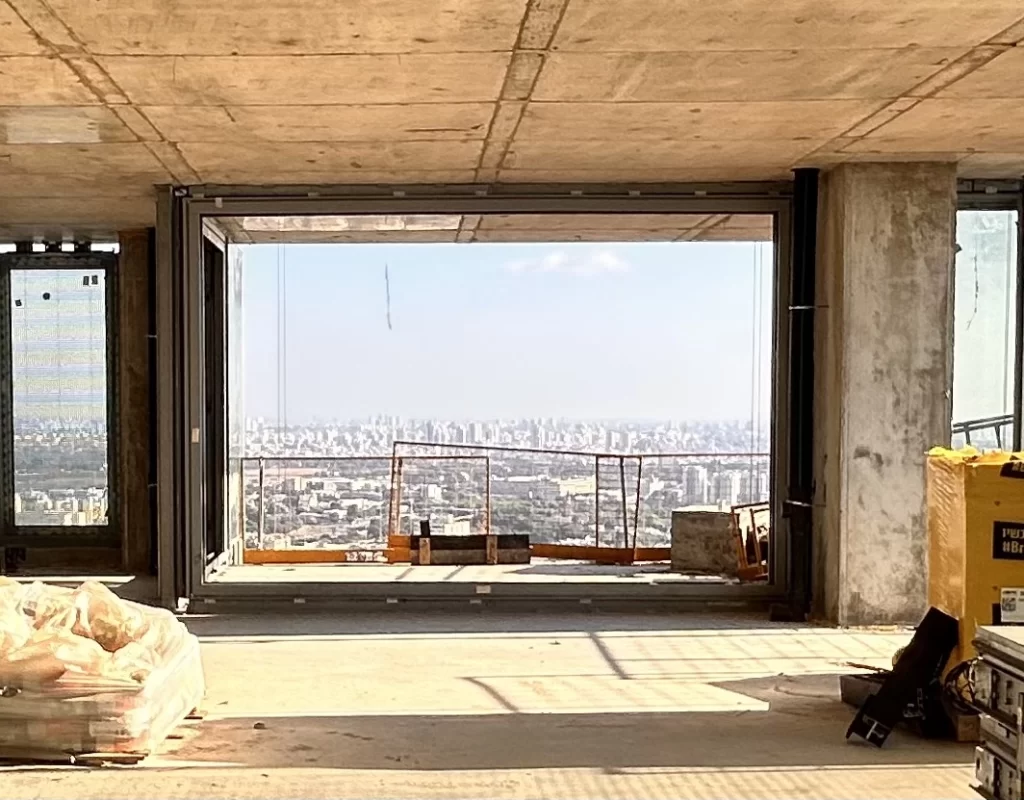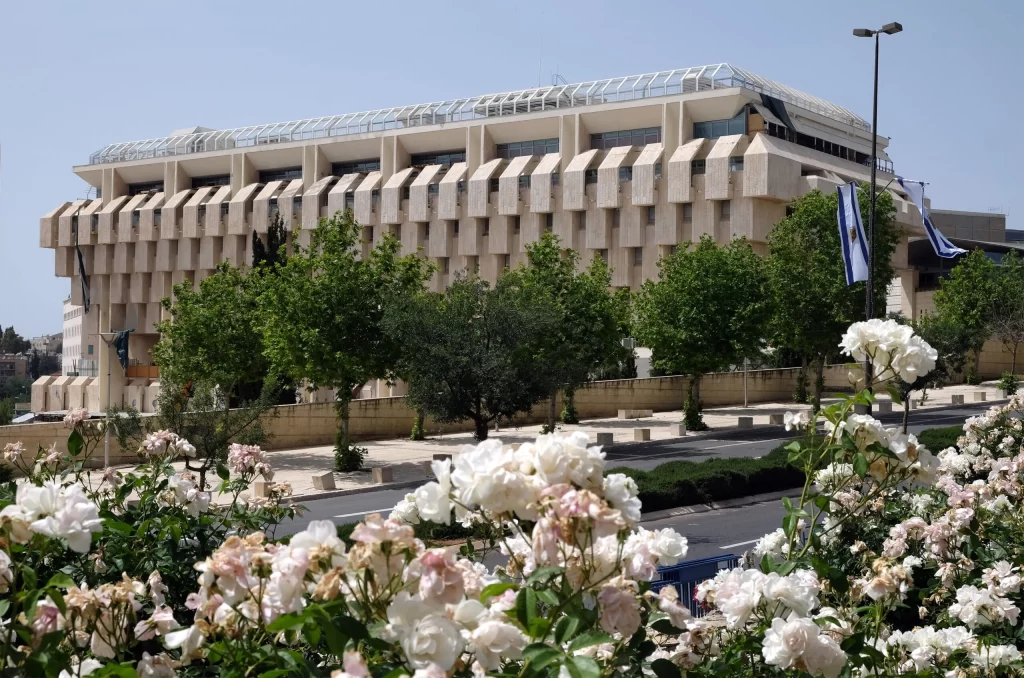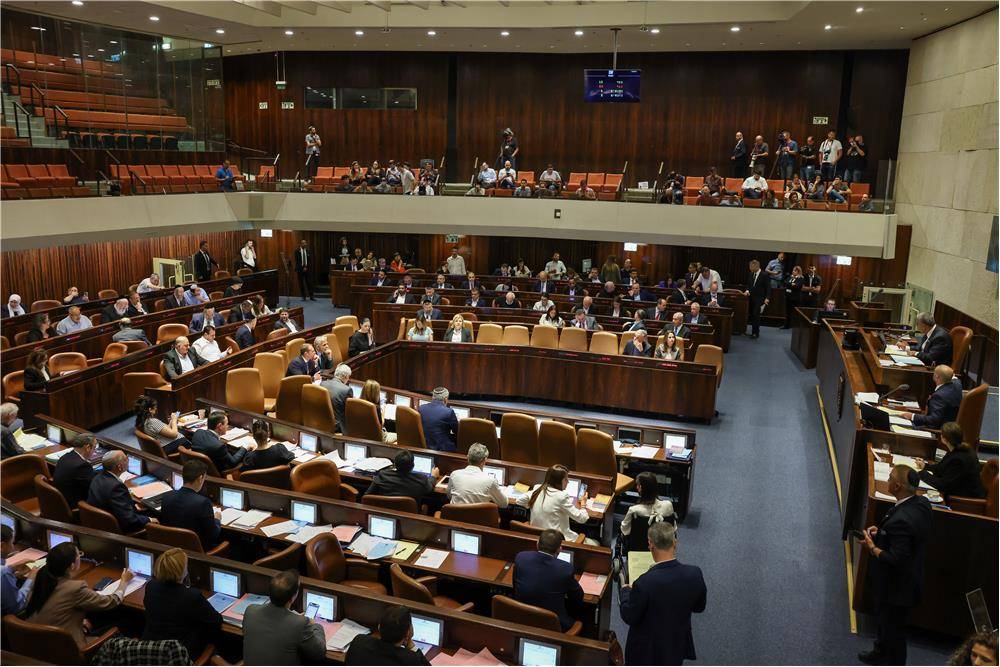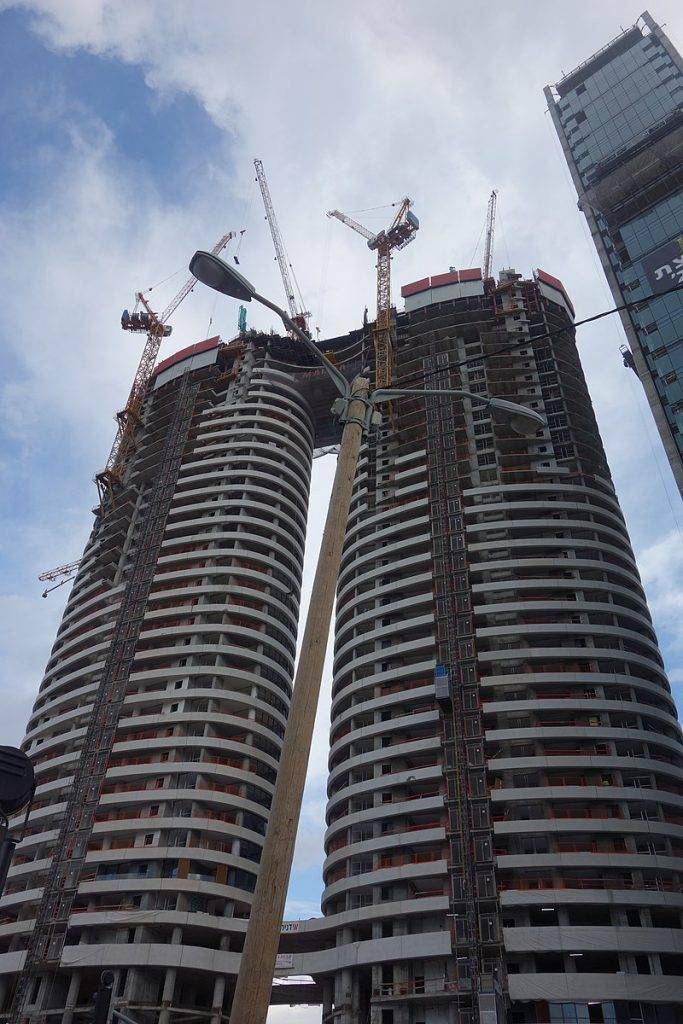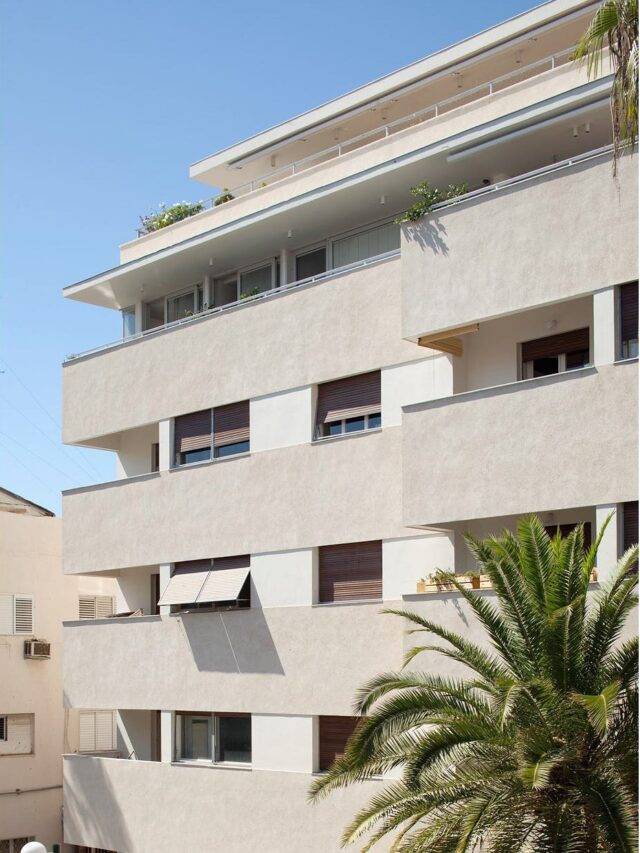Are Inventory Issues Driving Tel Aviv Real Estate Prices?
TL;DR
Tel Aviv Real Estate Prices have reached dizzying heights. Is there is a sign of easing? The world markets are reeling and in the face of historical inflation, the central banks tightening actions seem futile. What about the Tel Aviv real estate prices? This article is the first of a series dedicated to the analysis of all factors affecting prices of real estate one by one, and emphasize the peculiarities of the market.
Tel Aviv Real Estate Prices have reached dizzying heights. Is there is a sign of easing? The world markets are reeling and in the face of historical inflation, the central banks tightening actions seem futile. What about the Tel Aviv real estate prices? This article is the first of a series dedicated to the analysis of all factors affecting prices of real estate one by one, and emphasize the peculiarities of the market.
Let’s look at one of the most significant factors affecting the price of real estate, in general. Adam Smith taught that the “invisible hand” would take care of everything. Excess demand would be met by supply through the workings of a highly efficient market. Higher prices would attract investment and production would soon meet the increased demand. That’ s all good.
That theory still holds true two hundred years later, in some markets. Before my Keynesian friends disown me, I would like to qualify this statement. And in practice, that Invisible Hand, may take too long and by the time supply balances demand, the damage has been done.
I can’t help but think that, in our Tel Aviv real estate market, supply might never meet demand. Tel Aviv market is the epitome of an isolated market, with limited interconnections with the broader market. Holding money supply and interest rates constant (don’t worry, we’ll get to that in another one of these posts), the supply of available land for zoning and construction, is extremely scarce.
On the other hand, the city’s population is still growing, albeit at a lesser pace than five years ago, but still indeed growing; local economic growth and wealth creation needs no more mentioning.
Over the period 2017 to 2020 (included), the city of Tel Aviv, which excludes the suburbs, grew by a whopping 4.46% whilst the number of residential units grew by 3.78%. That represents a deficit of about 1,500 units. By units, we are referring to an average 85.21 m² apartment.
If you live or recently visited Tel Aviv, you’d argue that the skyline bears an uncanny similarity to Shanghai’s with cranes at every street corner. So to be fair to our friend Adam Smith, new constructions and developments have surged. But I’d argue that these new projects visible today have been initiated at least half a decade ago, answering to the demand at the time. The incremental or the marginal demand however is not being addressed.
True, the city has been supporting the so called TAMA projects, allowing the apartment owners and promoters to add units on top of their existing building structure. Anyone familiar with the process would tell you that it’s a lengthy and painful process which on average takes about seven years, after the existing tenants agree to the terms of the project, not to mention that the net proportion of new apartments in such projects hardly exceeds 40%.
The result is a real estate prices increase of a magnitude and speed, not seen in over a decade. The difference, however is that prices of new homes are now rising more rapidly than of second hand ones as we argued in a recent post.
The building fury Tel Aviv is currently grappling with, may (or may not) over time, ease some of the supply constraints. Interest rates tightening, however may actually have the perverse effect of stifling the promoters and entrepreneurs and force them to abandon projects, thereby further curtailing the supply of new apartments that we so desperately need.
No doubt the developers’ universe will consolidate, and we are seeing it happening already. The highly leveraged actors will struggle. The prudent ones, however, those focusing on quality, design and location will benefit from the changing landscape. Like in all markets, in times of uncertainty, investors and end-users alike will become more picky.
We’d love to hear what you think! Stay tuned for the next episode where we’ll look at interest rate and currency as factors that may drive Tel Aviv real estate prices.

